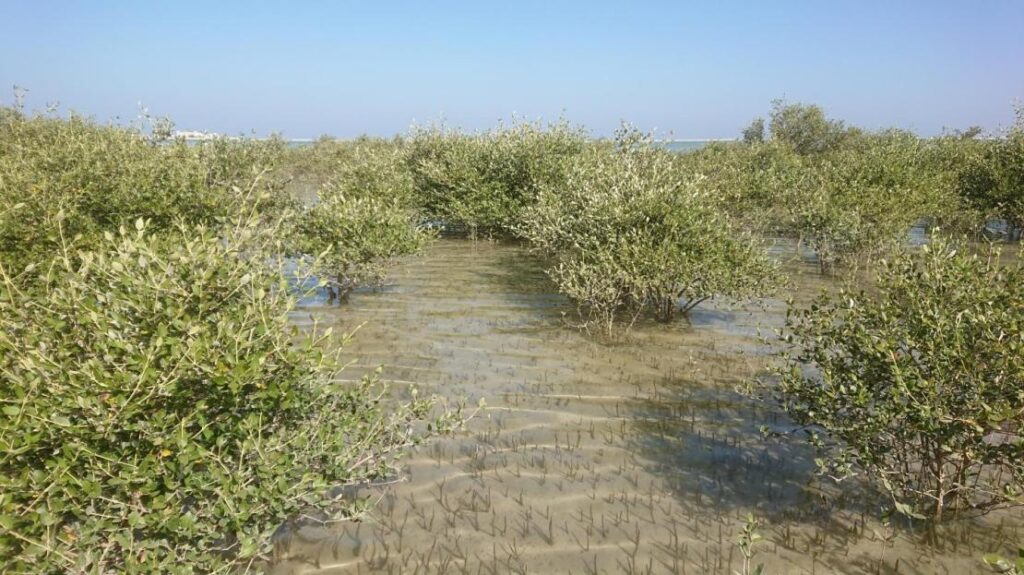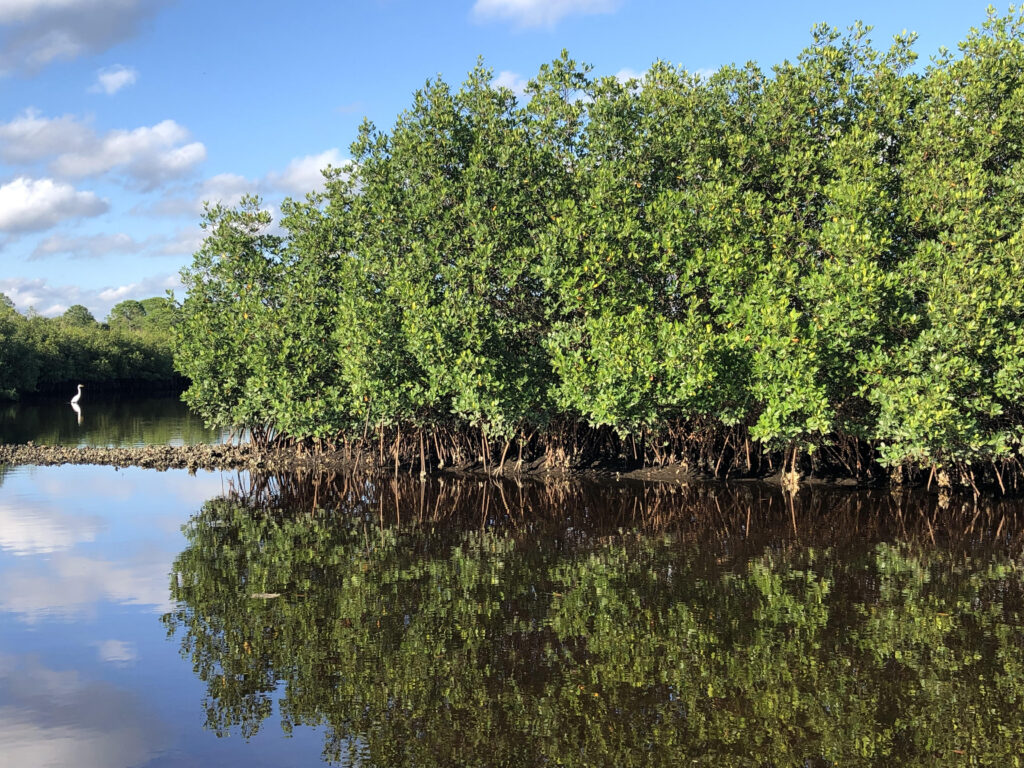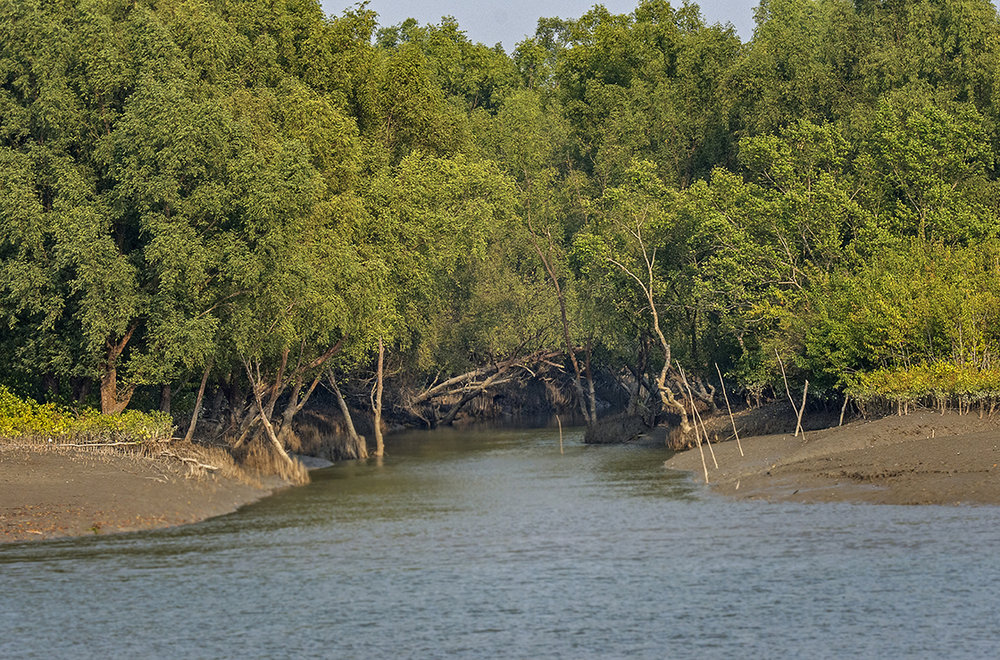Exploring the Marvels of Mangroves: A Look into India’s Coastal Treasures
INTRODUCTION:
Welcome to a fascinating journey into the mesmerizing world of mangroves in India. Nestled along the country’s expansive coastline, these unique ecosystems are more than just trees and muddy shores. They are dynamic havens of biodiversity and natural protectors that play a vital role in safeguarding our coastal regions.
In this post, we will delve into the wonders of India’s mangrove forests, uncover their ecological importance, and shed light on the conservation efforts being made to preserve these invaluable coastal treasures. Get ready to be amazed by the rich tapestry of life that thrives within these mangrove ecosystems and the crucial services they provide for both nature and humanity.
The Richness of Indian Mangroves:
1. Indian mangroves encompass vast areas along the country’s coastline, providing diverse and dynamic ecosystems.
2. They are home to a wide variety of plant species, including mangrove trees such as Avicennia, Rhizophora, and Sonneratia.
3. Indian mangroves support an incredible array of animal life, including endangered species like the Royal Bengal Tiger, saltwater crocodile, and Indian python.
4. These ecosystems host numerous bird species, serving as important habitats for resident and migratory birds.
5. Indian mangroves are known for their rich marine biodiversity, with various fish, crustaceans, and mollusks thriving in the mangrove ecosystems.
6. They provide critical habitats for species like the mudskippers, which are uniquely adapted to the intertidal zones of mangroves.
7. Indian mangroves exhibit high levels of species endemism, with several species being found exclusively in these ecosystems.
8. The interplay between land and sea in mangroves creates a dynamic ecosystem that supports the interconnectedness of different habitats and species.
9. Indian mangroves contribute to the overall biodiversity and ecological health of the coastal regions, making them important hotspots for conservation and research.

Ecosystem Services and Benefits:
Coastal protection:
Mangroves act as natural buffers, protecting coastlines from erosion, storm surges, and tidal waves.
Biodiversity hotspot:
Mangroves harbor diverse plant and animal species, including endangered and endemic species, contributing to overall biodiversity conservation.
Carbon sequestration:
Mangroves are highly efficient at capturing and storing carbon dioxide, helping mitigate climate change by reducing greenhouse gas emissions.
Fisheries support:
Mangrove ecosystems serve as essential nursery and feeding grounds for fish and other marine organisms, supporting coastal fisheries and livelihoods.
Water purification:
Mangroves filter and trap pollutants, improving water quality by reducing sedimentation and removing excess nutrients and contaminants.
Shoreline stabilization:
The intricate root systems of mangroves bind sediments, preventing erosion and maintaining the stability of shorelines and riverbanks.
Climate change resilience:
Mangroves help buffer the impacts of climate change by absorbing the energy of storm surges, reducing damage to coastal communities.
Tourism and recreation:
Mangroves attract nature enthusiasts, eco-tourists, and birdwatchers, contributing to local tourism economies and promoting environmental education.
Traditional and cultural values:
Mangroves hold cultural significance for coastal communities, providing traditional resources for livelihoods, ceremonies, and local customs.
Scientific research and education:
Mangroves offer unique opportunities for scientific study, ecological research, and environmental education, enhancing our understanding of coastal ecosystems.

Threats to Mangroves:
Habitat destruction:
Conversion of mangrove areas for urbanization, agriculture, aquaculture, industrial development, and infrastructure projects.
Pollution:
Contamination from industrial discharges, sewage, oil spills, and chemical pollutants negatively impact mangrove ecosystems.
Climate change:
Rising sea levels, increased frequency and intensity of storms, and changes in temperature and rainfall patterns pose significant threats to mangroves.
Deforestation and logging:
Unsustainable logging practices and extraction of mangrove wood for timber, charcoal, and firewood contribute to habitat degradation and loss.
Overexploitation of resources:
Unsustainable collection of mangrove products such as timber, fish, crustaceans, and medicinal plants disrupts ecosystem balance and can lead to local extinctions.
Invasive species:
Introduction of non-native species, such as invasive plants and animals, can disrupt the natural dynamics of mangrove ecosystems and displace native species.
Coastal development:
Unplanned and unregulated coastal development, including construction of ports, harbors, and tourism infrastructure, leads to habitat fragmentation and disturbance.
Altered hydrology:
Changes in water flow due to dams, irrigation projects, and water diversion affect the natural functioning of mangroves, leading to altered salinity levels and reduced viability of the ecosystem.
Lack of awareness and enforcement:
Insufficient public awareness about the importance of mangroves, weak enforcement of conservation regulations, and inadequate management practices contribute to the degradation and loss of mangrove areas.
These threats highlight the need for effective conservation measures and sustainable management practices to protect and preserve mangrove ecosystems in India.

Conservation Efforts and Initiatives:
Coastal Regulation Zone (CRZ) notification:
The Indian government has implemented the Coastal Regulation Zone (CRZ) notification, which aims to regulate and restrict activities within specified coastal areas, including mangrove forests, to minimize their destruction and ensure their conservation.
Afforestation and restoration programs:
Various afforestation and restoration programs have been initiated to rehabilitate degraded mangrove areas and promote the sustainable growth of mangrove forests. These programs involve planting mangrove saplings, promoting natural regeneration, and employing community-based approaches.
Mangrove conservation reserves and protected areas:
Several mangrove conservation reserves and protected areas have been established across India to safeguard important mangrove ecosystems. These areas receive legal protection and management attention to preserve their biodiversity and ecological functions.
Community-based initiatives:
Many community-based initiatives and participatory approaches have been implemented, involving local communities in mangrove conservation and management. These initiatives include providing alternative livelihood options, raising awareness, and involving communities in monitoring and protecting mangrove areas.
Research and scientific studies:
Research institutions and organizations actively conduct scientific studies on mangroves to better understand their ecological dynamics, threats, and conservation strategies. These studies contribute to informed decision-making and the development of effective conservation approaches.
Collaboration with NGOs and international organizations:
Non-governmental organizations (NGOs) and international organizations work in collaboration with government agencies to promote mangrove conservation. They provide technical expertise, funding, capacity building, and community engagement to support conservation efforts.
Awareness campaigns and education programs:
Awareness campaigns, workshops, and educational programs are conducted to raise awareness about the ecological significance of mangroves, their benefits, and the need for their conservation. These efforts target both local communities and the broader public.
Sustainable livelihood initiatives:
Promoting sustainable livelihood initiatives, such as eco-tourism, sustainable aquaculture practices, and non-destructive use of mangrove resources, can help generate income for local communities while ensuring the long-term conservation of mangrove ecosystems.

Call to Action:
Raise awareness: Spread the word about the importance of mangroves and their role in coastal ecosystems by sharing information with friends, family, and through social media platforms.
Support local initiatives: Contribute to local organizations and initiatives working towards mangrove conservation through donations, volunteering, or participating in community-led restoration projects.
Choose sustainable seafood: Opt for sustainably sourced seafood to reduce the demand for destructive fishing practices that harm mangrove habitats.
Reduce pollution: Minimize pollution by properly disposing of waste, reducing the use of single-use plastics, and supporting initiatives that promote cleaner waterways.
Advocate for stronger regulations: Advocate for stricter regulations and enforcement to protect mangroves from illegal activities, unregulated development, and harmful practices.
Participate in eco-tourism: Choose eco-friendly tourism options that promote responsible practices and contribute to the conservation of mangroves.
Support research and education: Back research efforts and educational programs focused on understanding and conserving mangroves to further our knowledge and promote informed conservation actions.
Every individual’s actions can make a difference in the preservation of mangroves and the protection of their invaluable ecological services. Together, we can ensure the survival of these vital coastal habitats for future generations.
Conclusion:
In conclusion, the mangroves of India are not only magnificent coastal ecosystems but also crucial protectors, biodiversity hotspots, and carbon sinks. However, they face significant threats such as habitat destruction, pollution, and climate change impacts. To ensure their survival and conservation, it is essential that we take action. By raising awareness, supporting local organizations, practicing responsible tourism, and advocating for stronger policies, we can contribute to the protection and restoration of mangroves. Let us join hands in safeguarding these coastal treasures, preserving their invaluable ecosystem services, and securing a sustainable future for both nature and humanity. Together, we can make a positive impact and ensure the resilience of India’s mangrove ecosystems for generations to come.
